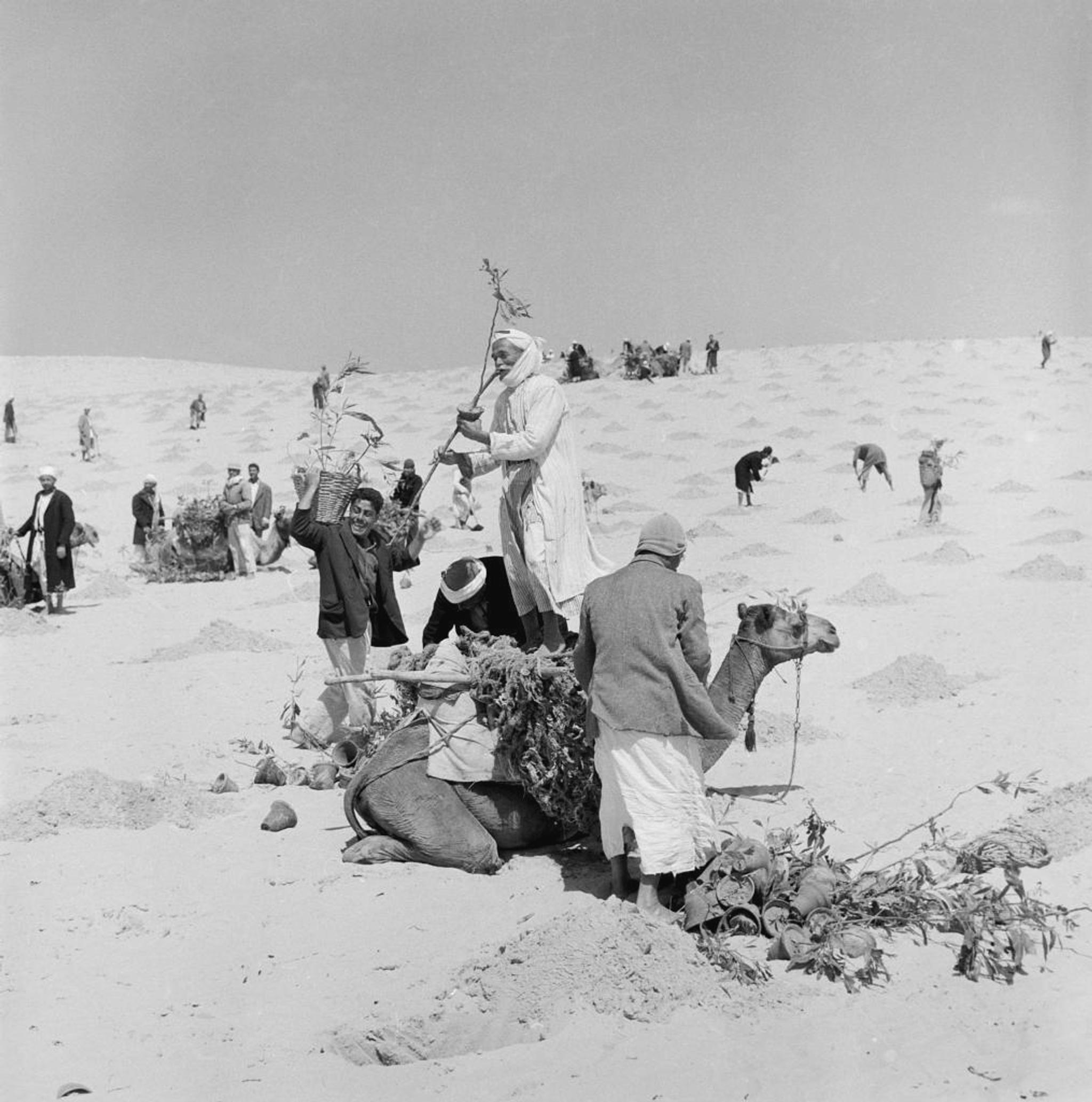
Eucalyptus in Gaza – a tragedy in Hula Valley
Prior to 1920, around 78 per cent of all Jewish National Fund’s (JNF) trees were eucalyptus. In the 1880s, the first eucalyptus seeds introduced to Palestine were sent from Australia. Several features led to the popularity of eucalyptus at early stages of their afforestation. First, they are fast-growing trees. In six years, they can grow twenty meters in height with almost a one-meter trunk radius. Second, eucalyptus was seen as the most effective biological weapon in overall swamp reclamation and drainage efforts. Their special root system enables eucalyptus trees to flourish in wetlands, and accordingly they have been used systematically in Palestine to dry swamps starting from the Ottoman rule, through the British Mandate and then Israel after 1948.
One of the most prominent foundational national myths of Israel was the early narrative that the Zionist settlers “made the desert bloom.” In 1900 eucalyptus trees were first introduced on a large scale by Baron Edmond de Rothschild’s Palestine Jewish Colonization Association (PICA), as a swamp-draining measure in Wadi al-Khudeira, the historic Palestinian site of the new Israeli town of Hadera near Haifa.
Another illustrious site which had witnessed a complete deformation in terms of its indigenous Palestinian habitat through the mass introduction of Eucalyptus was Lake Hula. Palestinians have lived in the Hula Valley for thousands of years. The Hula Valley is a vital intersection of trade routes that connect Damascus with the Mediterranean coast and North Africa. The Canaanite cities of Hazor and Layish were built in the Hula Valley area during the Bronze Age.
The reformulation of the landscape alphabets of the Hula Valley from a habitat where Palestinian Bedouin communities have historically thrived on its pastures, and transformed papyrus reeds into shelters and other domestic amenities, to modern Dubrovin farmlands by means of Eucalyptus drainage operations eradicated other forms of possible communities in Hula Valley.
Amidst eucalyptus afforestation, 1948 witnessed relentless a n d systematic actions on the part of Israel against the Palestinians of the Hula valley. This included forcible removal of the settled Bedouin and other Palestinian communities of Kaytiyeh, Lazazeh, Zuk al-Fukani, al-Manshiya, Hisas, al-Mansura, Dawarah, al-’Absiya, Baysamun, Malha, Halsa, al-Buweiziya, al- Salhiya, al-’Ulmaniya, al-Huseiniya, Kirad Bakara, Kirad Ghanama, and others.
Nowadays, ecologists around the world have come to loathe the Australian tree that had immigrated so enthusiastically, replacing the Palestinian Bedouins and their livelihoods. It has become scientifically recognized that Eucalyptus trees affect adversely the soil, water cycle, wildlife, biodiversity, fire cycle, and local vegetation. The eucalyptus tree was used as a biological deterrent to indigenous Palestinians who lived in symbiosis with their geography and now cannot do so any more.